Guide To Visiting The Daintree Rainforest + Things To Do
The Daintree Rainforest is a world-heritage-listed rainforest in Tropical Far North Queensland. In fact, it’s the oldest rainforest in the world.
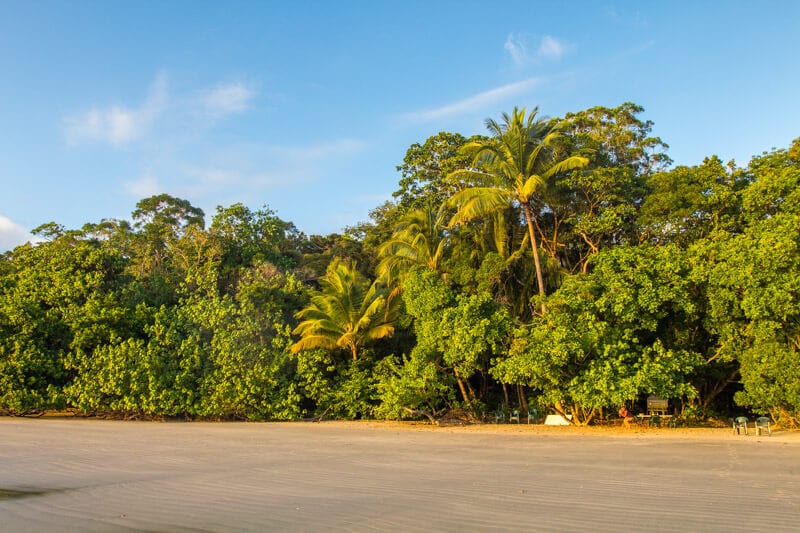 The Daintree Rainforest is the oldest rainforest in the world
The Daintree Rainforest is the oldest rainforest in the world
We first visited The Daintree during our 18-month road trip around Australia with our kids, and that experience left us longing for more.
Although many people pass by the Daintree as they travel from Cairns to Cape Tribulation, a visit to this ancient rainforest should not go amiss. With snaking vines and rich, green canopies, the sounds of birds and insects thriving and the trickle of waterfalls and rivers flowing, this is truly a nature lover’s dream come true.
I have no hesitation in listing this ancient and magical rainforest in Tropical North Queensland in our top three places in Australia.
There is no place like it in Australia, possibly the world. But if you’re not sure how to visit the Daintree or what things there are to do, then read on to find out!
- What Is the Daintree Rainforest?
- When is the Best Time to visit the Daintree Rainforest?
-
Things to Do In The Daintree Rainforest
- 1. Driving to the Daintree Rainforest
- 2. Go Barra Fishing
- 3. Grab Lunch at Daintree Village Hotel
- 4. Go Croc Spotting on a Daintree River Cruise
- 5. Cross the Daintree River on the Daintree River Ferry
- 6. Visit the Mount Alexandra Lookout
- 7. Discover More at the Daintree Discovery Centre
- 8. Have Lunch at Whet Cafe & Bar
- 10. Walk the Dubuji Boardwalk
- 11. Go Jungle Surfing
- 12. Take A Trip to Cape Tribulation Beach
- 13. Have Dinner at Cape Trib Beach House
- 14. Stay Overnight at Cape Trib Beach House
- 15. Enjoy Sunrise on Cape Tribulation
- 16. Walk to Kulki Lookout
- 17. Have Lunch at Mason’s Store & Cafe
- 18. Walk the Marrja Boardwalk
- 19. Try Floravilla Ice Cream
- 20. Thornton Beach Cafe
- 21. Look out for Idiot Fruit
- Where to Stay in The Daintree Rainforest
- Final Word on Visiting The Daintree Rainforest
- Tropical North Queensland Tips

The Daintree is estimated to be over 180 million years old and is the largest continuous area of tropical rainforest (1,200 square kilometres to be exact) on the Australian continent and the oldest living rainforest on earth – even pre-dating the Amazon Rainforest.
Its traditional owners are the Kuku Yalanji people, an aboriginal people tribe, and it resides in the Wet Tropics World Heritage Area in North Queensland.
What else makes it unique? It’s the only place in the world where two World Heritage sites collide, the Daintree Rainforest and the Great Barrier Reef.
It’s also home to a huge diversity of wildlife, including 12,000 species of insect, 30% of Australia’s frog population, and 65% of butterfly species and bats.
You will also find hundreds of bird species, reptiles such as boyd’s forest dragon, and other marsupial species such as Koalas and ring-tailed possums, and of course, saltwater crocodiles.

It also has a rich population of plant species. Australia has 36 mangrove species, and 28 are found in the Daintree region. Not to mention the many flowering plants.
I’ve said it before, and I’ll say it again, how can something so old be so beautiful?
The beauty of the Daintree National Park not only lies with its flora and fauna, its mystery and history, but it’s a place you can escape to, where you can get back to nature and unplug from the chaos of life on a digital detox.
We all need some time out now and again, to get away from the routines and normalcy of life, and the Daintree offers you and your family the chance to present yourself and each other in one of the most magical places in the world.
When is the Best Time to visit the Daintree Rainforest?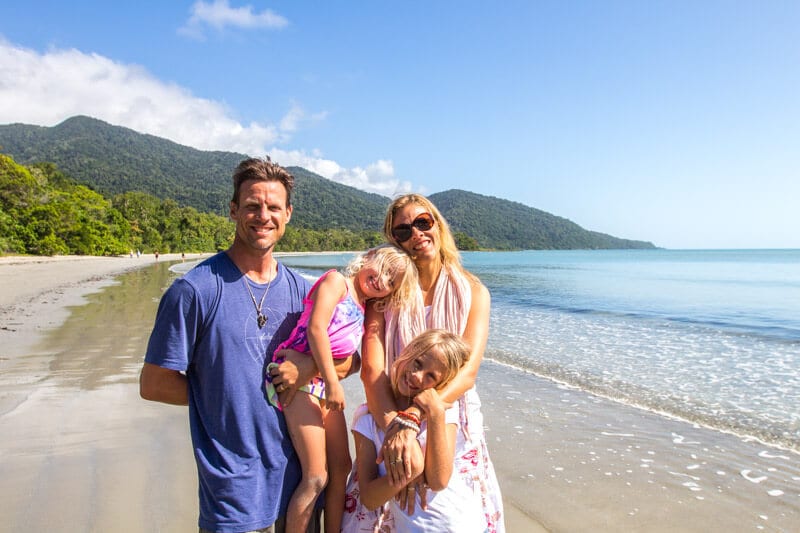
Throughout the year, you can expect a lot of rain in the Daintree (what do you expect from a rainforest?).
But the best time of year to visit is the dry season, which runs from May to September. This is when the weather is best suited for hiking and exploring the outdoor attractions of the national park.
The wet season runs from December to April and brings with it high humidity and a lot of rain. Sometimes as much as 6 metres per year.
Although the rainy season makes the waterfalls lovely and full, it also brings with it road closures and flooding.
The most popular months to visit are May to September. This is when you see the most amount of tourists. Unsurprisingly, the wet season is the low season and sees the least amount of tourists.
Things to Do In The Daintree RainforestWhile it is possible to do a day trip to the Daintree from Port Douglas, I believe that is way too rushed, and it deserves more time.
If you’re thinking you’d like to visit the Daintree Rainforest, here are some of the top things to do and places to visit…
1. Driving to the Daintree Rainforest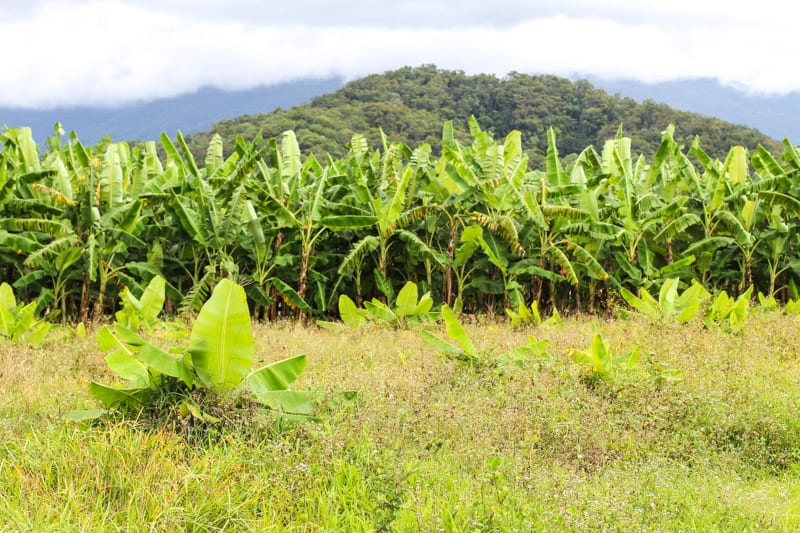
You know you are back in Tropical North Queensland and heading for the Daintree when beautiful lush rainforest scenery surrounds you on the side of the road.
If you’re going to visit the oldest rainforest in the world, you might as well sleep in the rainforest and allow yourself time to immerse yourself and discover everything it has to offer.
The Daintree Rainforest is easily accessible to self-drive from Port Douglas. The road is fully sealed all the way to Cape Tribulation (85 kilometres) and a 4wd is not necessary.
It’s hard to get lost, but grab a map from one of the information centres as once you cross the Daintree River, phone reception is non-existent and the maps are handy for points of interest along the way.
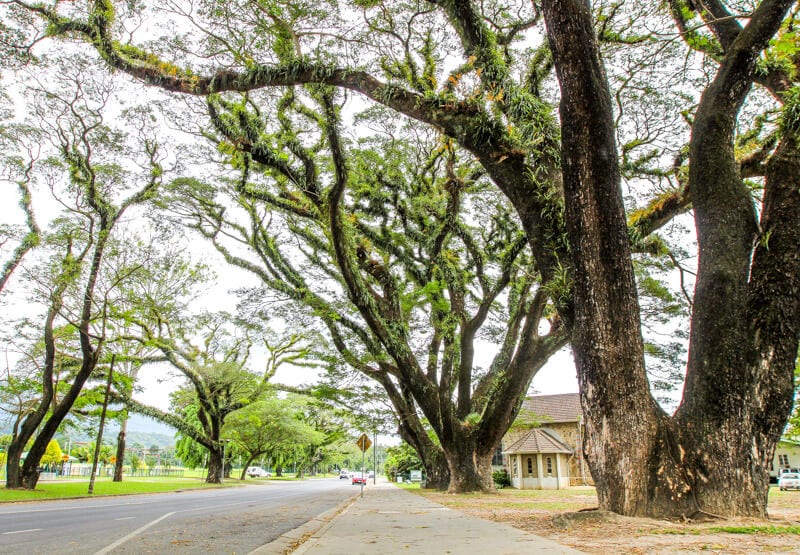
About 20 minutes after departing Port Douglas, you will reach the town of Mossman, which is home to Mossman Gorge at the southernmost end of the Daintree Rainforest. Take time to do the Dreamtime Gorge Walk and check out the Mossman River for a bit of standup paddle boarding.
What you can’t miss as you drive through the town of Mossman are those incredible trees int he photo above by the side of the road.
2. Go Barra Fishing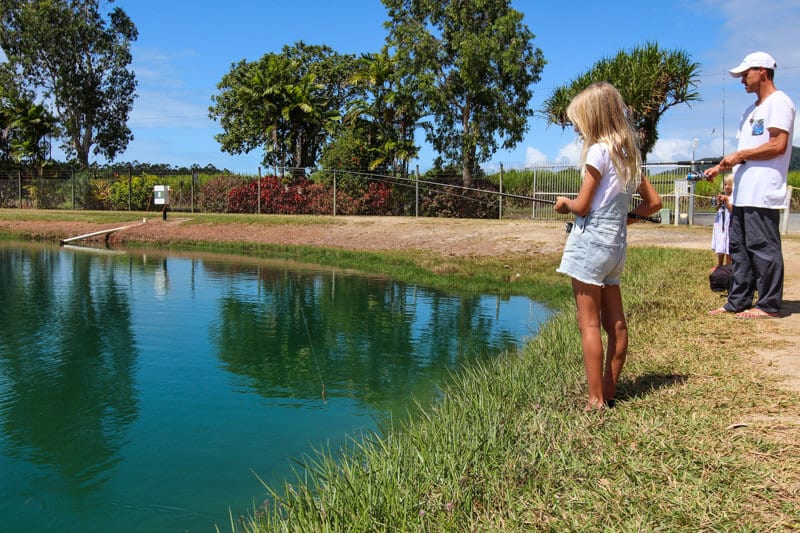
Fancy a spot of fishing? We went spearfishing in Cooya Beach, which was a really fun experience, but have you ever tried barra fishing? This is something a little more unique to the Daintree.
We stopped in at Hook-A-Barra in Wonga Beach, about 35 minutes drive from Port Douglas, to try our hand at landing a barra.
We’re not typically a fishing family but they love it up in Tropical North Queensland and barramundi is a local favourite.
Barramundi is an Australian native species and is beloved of anglers worldwide, not only for its fight but its delicious flavour.
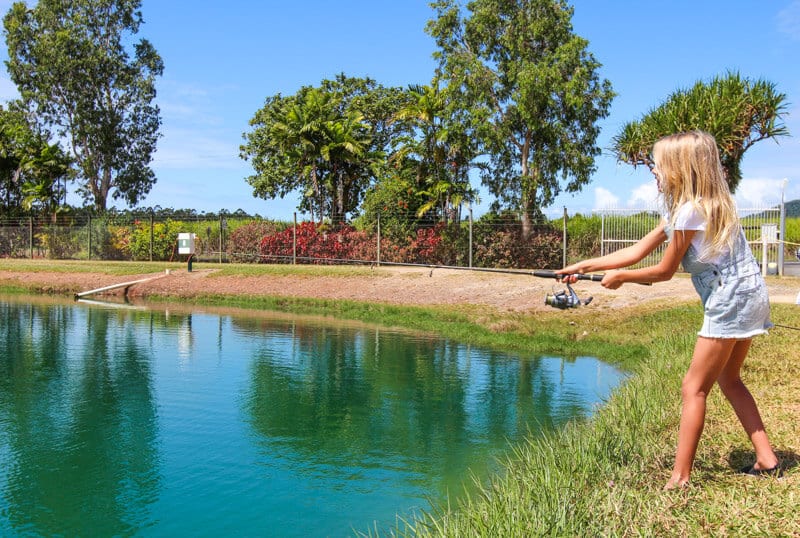
Hook-a-barra is the recreational side of Daintree Saltwater Barramundi Fish Farms, which has been producing Australia’s best hand-reared Barramundi for over a decade. Their ponds are stocked with over 1,500 Barramundi (including albinos) and Mangrove Jack and range in size from 1-12kg.
We grabbed a rod each and started off with a quick casting lesson from the friendly assistant. A few tangled lines later and we were like pros, even little Savannah was casting and reeling her line in like she’s been watching fishing shows for the past five years, not cartoons.
The bites got more frequent and then, to our excitement, bam, Savannah hooked one.
I quickly grabbed the net and Caz the camera, and with a little help from the assistant, Savannah landed this nice 3kg barra that put a smile on her face a metre wide.
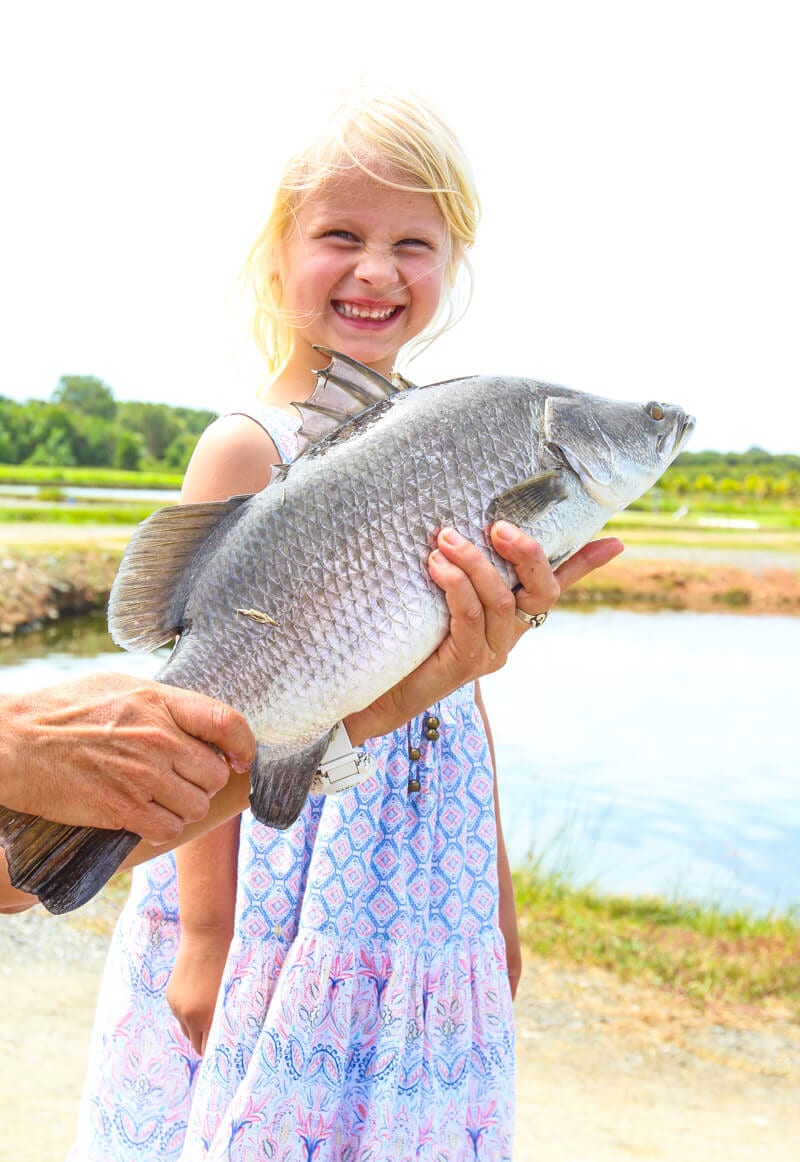
We decided to catch and release. But rest assured, even if you choose to purchase your fish, you are not depleting Australia’s wild stock.
It’s not wild fishing, but a fun introduction and offers anglers of all abilities the chance to practice their lure and land techniques against an idyllic rainforest backdrop.
3. Grab Lunch at Daintree Village Hotel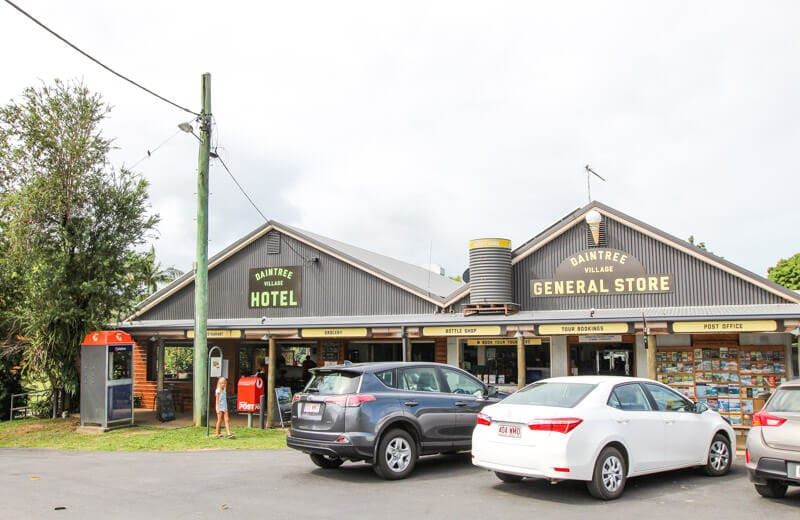
It was only another 15 minutes drive, and we arrived in the Daintree Village, a charming and peaceful little village that borders the Daintree Rainforest and sits on the southern banks of the Daintree River.
The village was discovered by Europeans in 1873 by Scottish geologist George Elphinstone Dalrymple who named the river and the first settlement, Daintree Village. It was named after Queensland’s British Agent-General, Richard Daintree.
Here you can check out the local shops and art galleries or just sit back and relax and enjoy the village atmosphere.
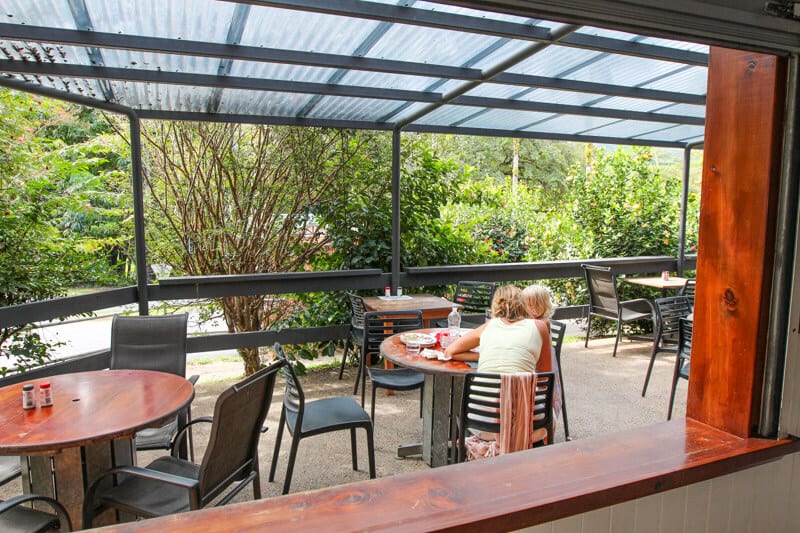
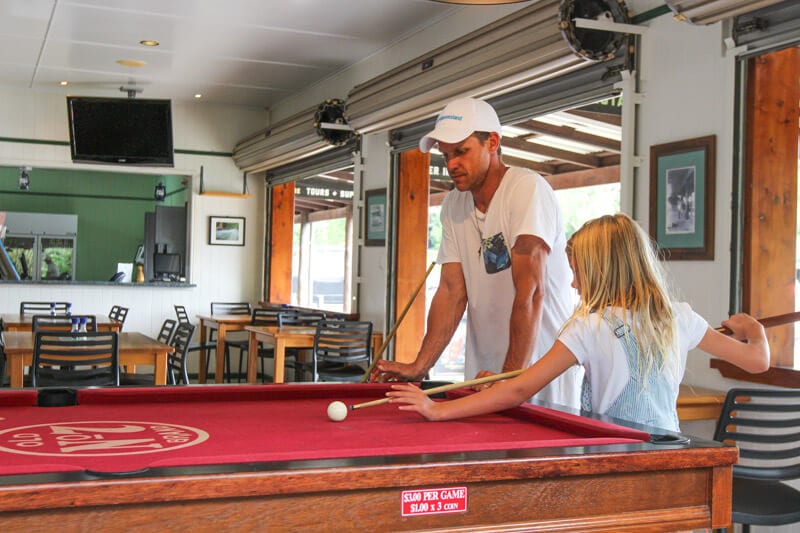
We worked up quite an appetite with all that excitement of fishing, so lunch was in order at the Daintree Village Hotel.
Caz and I enjoyed a mackerel burger in the quiet garden setting, and then Kalyra challenged me to a game of pool.
4. Go Croc Spotting on a Daintree River Cruise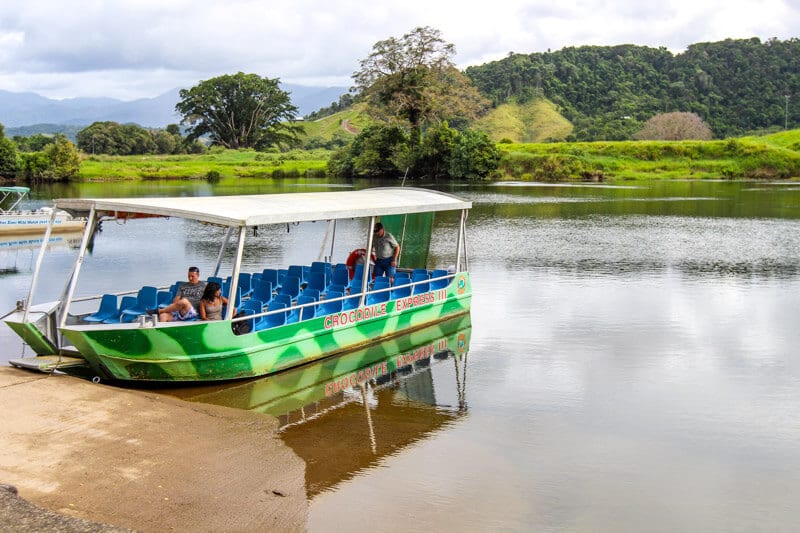
You won’t just find the locals hanging out in the pub; the other locals reside in the Daintree River.
Okay, if there’s one thing that makes us a little nervous with our young kids in the northern part of Australia, it’s the crocs. But in reality, you have nothing to fear. Almost all croc-related incidents are due to plain stupidity and not showing due respect.
The safest way to get up close and educated about these ancient creatures is on a croc tour.
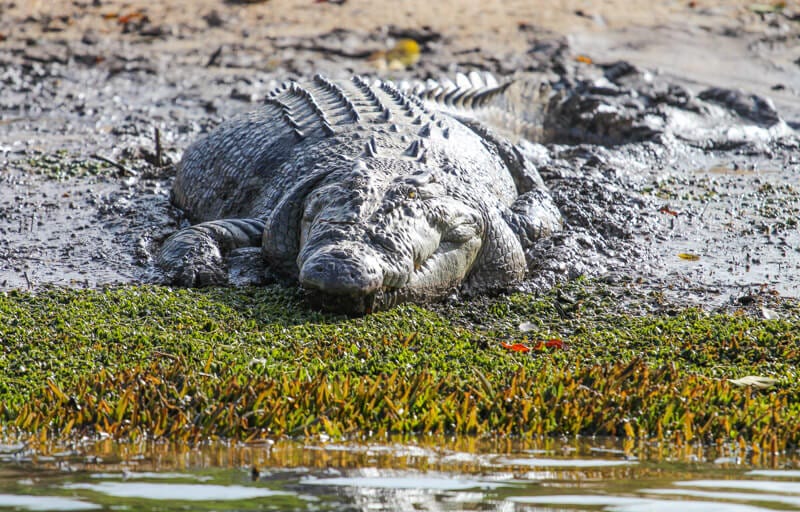
Our afternoon activity was an hour spent on Crocodile Express, the first wildlife cruise operator on the Daintree River in 1979. Led by a local larrikin as our guide we enjoyed learning about the importance of this amazing World Heritage location.
Our guide, who grew up on a property across the river, was an expert on crocs, knew them all by name and their favourite resting spots within the mangroves or where they loved to sun themselves on the sandy river banks.
An excellent tour guide is one of knowledge AND humour – he kept our kids well entertained, and in awe, for the duration of our cruise.
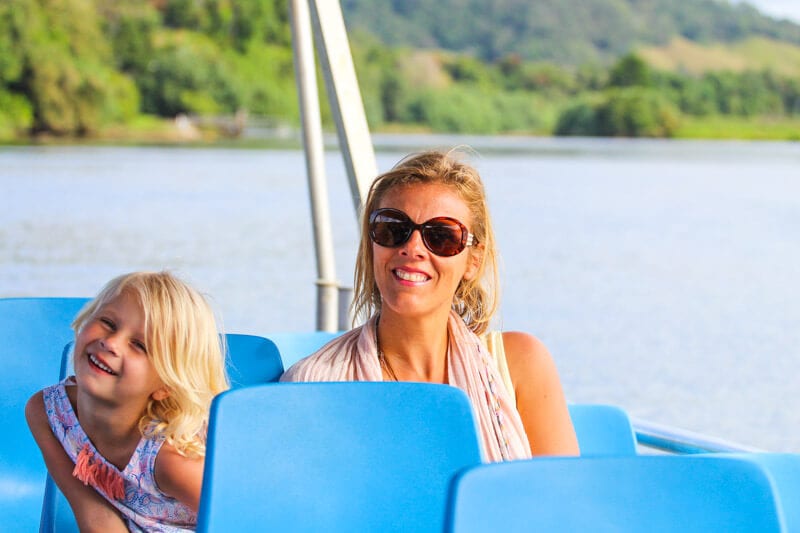
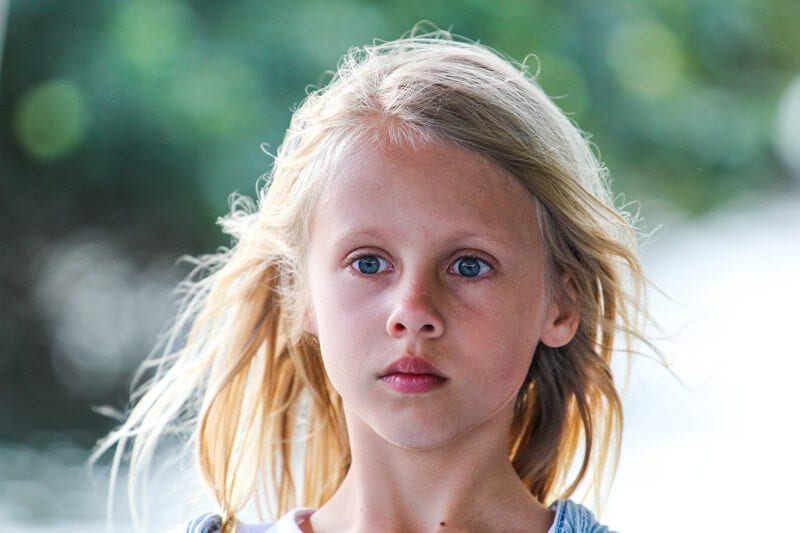
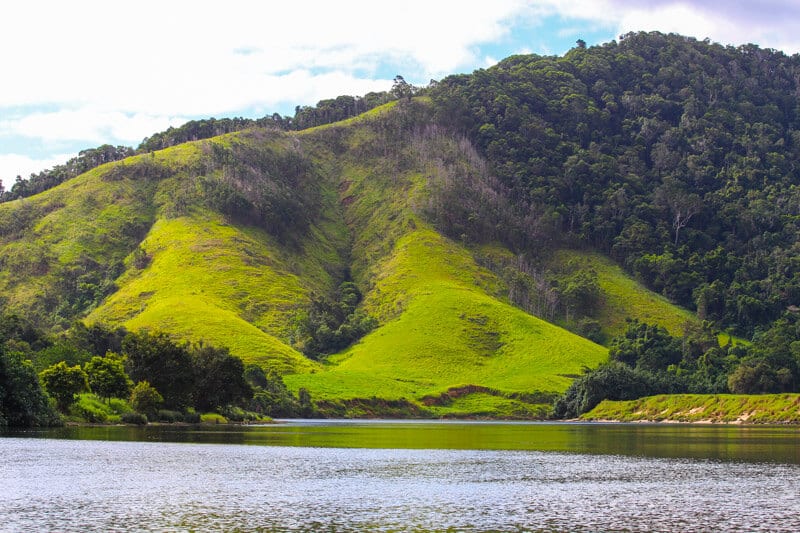
Besides croc spotting, we learned about other wildlife and flora along the foreshore and the river, and the surrounding scenery was beautiful, so lush and green, and added a relaxing element to the cruise.
Crocodile Express departs from Daintree Village (check-in at Daintree Tourist Information Centre in Daintree Village) several times daily.
5. Cross the Daintree River on the Daintree River Ferry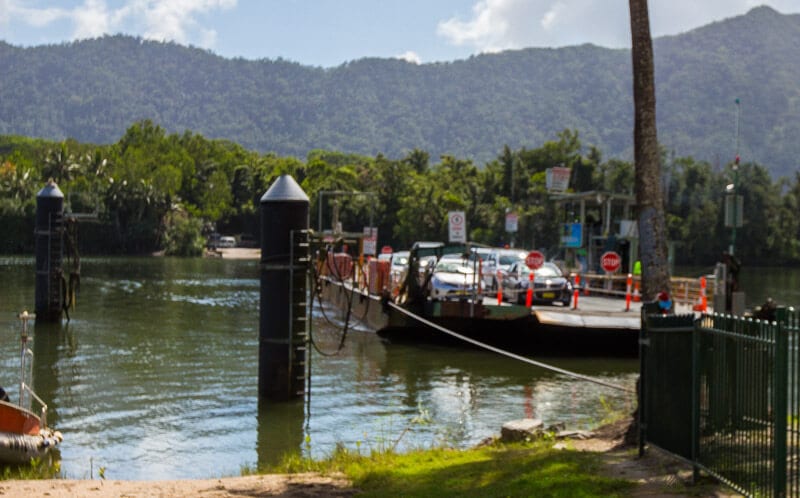
As you cross the Daintree River on the Daintree ferry, you’re about..
* This article was originally published here
Comments
Post a Comment